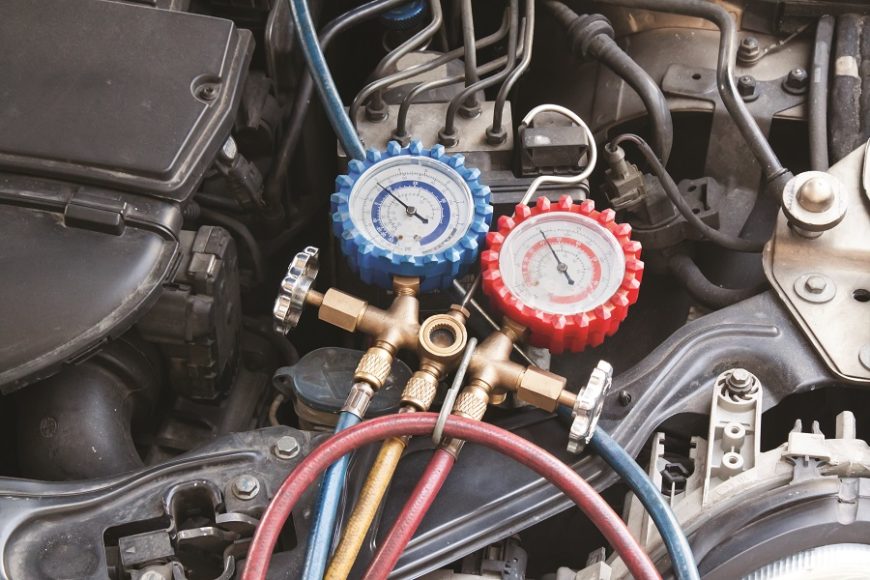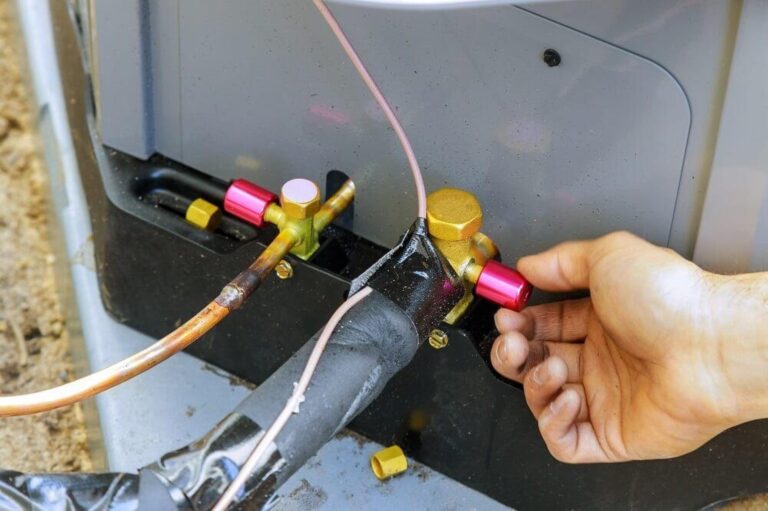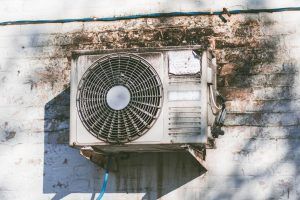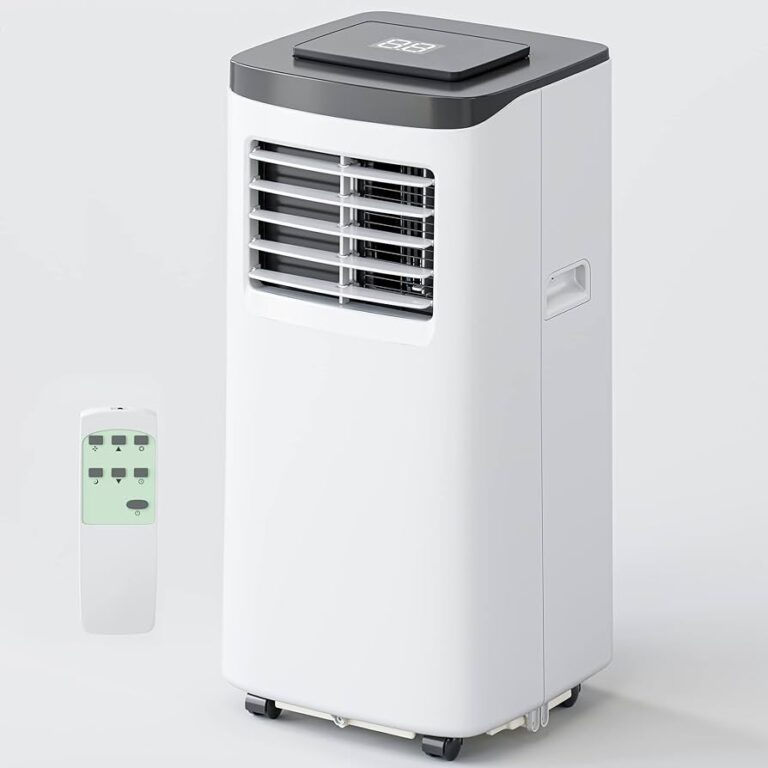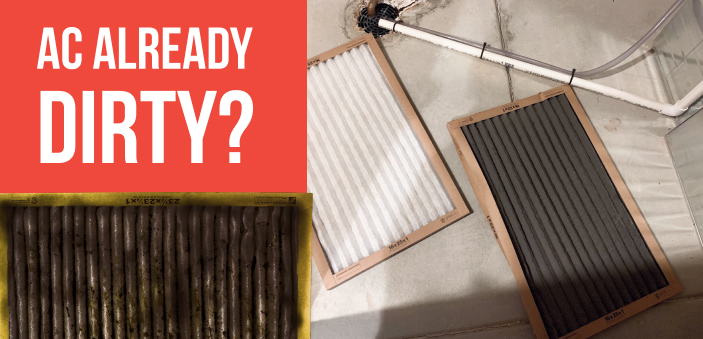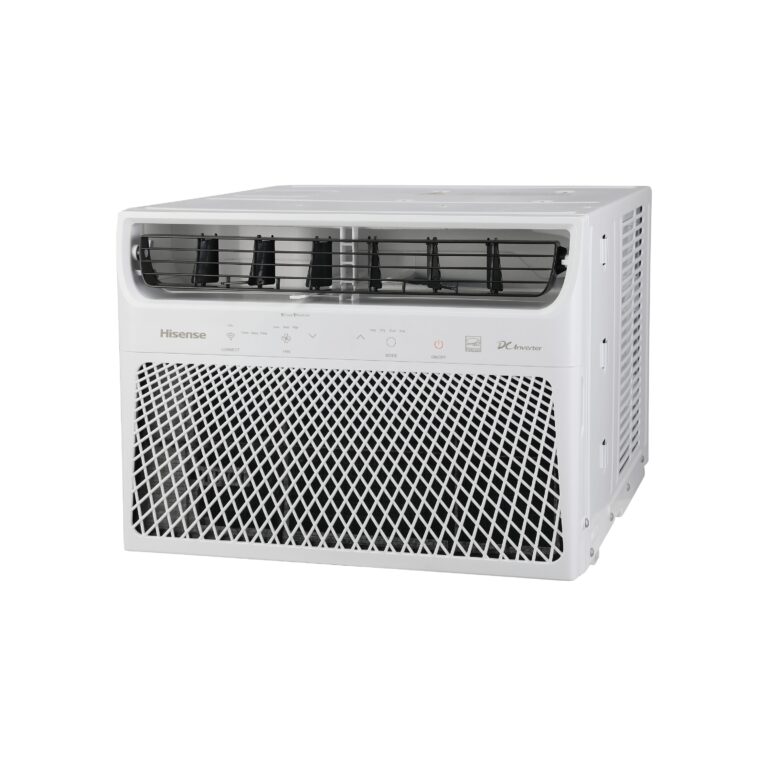When Your Air Conditioner Is Not Cooling In Car: Quick Fixes
If your car’s air conditioner is not cooling, it could be due to a refrigerant leak or a faulty compressor. Checking these components can help diagnose the issue.
A functioning air conditioner in your car ensures a comfortable ride, especially during hot weather. When the cooling system fails, it can turn your drive into an unpleasant experience. Common reasons for this problem include refrigerant leaks, a malfunctioning compressor, or clogged air filters.
Regular maintenance and timely inspections can prevent such issues. Understanding the root cause can save you from expensive repairs and ensure your AC runs efficiently. Always consult a professional mechanic for an accurate diagnosis and effective solution to keep your car’s AC in top condition.

Credit: www.shamaleybuickgmc.com
Common Causes
When your car’s air conditioner is not cooling, it can be frustrating. Understanding the common causes can help you diagnose and fix the issue. Here are some frequent culprits:
Low Refrigerant Levels
Low refrigerant levels can cause your air conditioner to stop cooling. Refrigerant is essential for the cooling process. Without enough refrigerant, the system can’t remove heat from the air. This could be due to a leak or improper filling.
Signs of low refrigerant levels:
- Warm air from vents
- Hissing noise from AC system
- Visible leaks or stains
Blocked Condenser
A blocked condenser can also hinder your AC’s performance. The condenser dissipates heat from the refrigerant. If it’s blocked, it can’t release heat effectively.
Common causes of a blocked condenser:
- Debris like leaves and dirt
- Damaged fins
- Grime and buildup
Steps to check for a blocked condenser:
- Turn off the car
- Locate the condenser in front of the radiator
- Inspect for debris and damage
- Clean with water and a soft brush
Initial Checks
Experiencing your car’s air conditioner not cooling can be frustrating. Before seeking professional help, perform some initial checks. These simple steps can save you time and money.
Inspect Air Vents
First, inspect the air vents. Ensure they are open and unobstructed. Sometimes, dirt and debris block the vents. This can stop cool air from circulating properly. Use a small brush or cloth to clean the vents thoroughly.
Make sure nothing is blocking the airflow. Items like papers or small toys can sometimes block the vents. Removing these obstructions can restore proper air circulation.
Check Thermostat Settings
Next, check the thermostat settings. Ensure the temperature is set to a cool level. Sometimes, the thermostat gets accidentally adjusted. Verify that it is not set to a high temperature.
If your car has a digital thermostat, ensure it is functioning correctly. A malfunctioning thermostat can cause cooling issues. Reset it to the desired temperature and observe if the cooling improves.
Additional Tips
- Ensure the fan is working properly.
- Check if the air conditioner is on the recirculation mode.
- Inspect for any strange noises coming from the air vents.
By performing these initial checks, you can identify and resolve basic air conditioning issues in your car.
Diy Solutions
Is your car’s air conditioner not cooling? Before calling a professional, try these DIY solutions. They can save you time and money. This guide covers cleaning air filters and refilling refrigerant.
Cleaning Air Filters
Dirty air filters block airflow. This makes your AC less effective. Clean the filters to improve cooling.
- Locate the air filter. It’s usually behind the glove box.
- Remove the glove box by unscrewing the fasteners.
- Take out the filter. Check for dirt and debris.
- Use a vacuum to clean the filter. If it’s very dirty, replace it.
- Reinstall the filter and glove box.
Cleaning the air filter can boost your AC’s performance. Do this regularly for the best results.
Refilling Refrigerant
Low refrigerant levels can make your AC blow warm air. Refill the refrigerant to restore cooling.
| Step | Action |
|---|---|
| 1 | Buy a car AC recharge kit. These are available at auto parts stores. |
| 2 | Locate the low-pressure port. It’s usually near the AC compressor. |
| 3 | Attach the recharge kit hose to the low-pressure port. |
| 4 | Start your car and turn the AC to the maximum setting. |
| 5 | Follow the kit instructions to refill the refrigerant. |
Refilling refrigerant is straightforward. Always follow the instructions on the recharge kit. Too much refrigerant can damage your AC.
Professional Help
When your car’s air conditioner is not cooling, it’s important to know when to seek professional help. DIY fixes can only do so much. A technician can diagnose complex issues, ensuring your car’s AC runs smoothly.
When To Call A Technician
Call a technician if your air conditioner blows warm air. This might indicate a refrigerant leak or a compressor issue. Also, seek help if there are unusual noises when the AC is on. Clicking, hissing, or rattling sounds often signal internal problems.
If your AC has a musty smell, it could be mold or mildew. A professional can clean the system thoroughly. Another sign is if your air conditioner cycles on and off frequently. This might mean a problem with the electrical system.
Choosing A Service Center
Select a service center with good reviews and certified technicians. Look for a center that specializes in car air conditioners. Ensure they use genuine parts and offer a warranty on repairs.
Ask if the service center provides a detailed diagnosis before starting repairs. Transparency in pricing is crucial. Compare quotes from different centers to get the best deal.
| Sign of Problem | Possible Issue |
|---|---|
| Warm Air | Refrigerant Leak or Compressor Issue |
| Unusual Noises | Internal Problems |
| Musty Smell | Mold or Mildew |
| Frequent Cycling | Electrical System Problem |
Preventive Maintenance
Preventive maintenance is vital for a well-functioning car air conditioner. Regular checks and timely tune-ups help avoid cooling issues. It ensures your AC works efficiently and lasts longer.
Regular Inspections
Regular inspections are crucial for your car’s air conditioner. Schedule inspections every six months. A technician will check for leaks, damaged parts, and refrigerant levels. Early detection of issues can save you from costly repairs.
| Inspection Item | Frequency |
|---|---|
| Refrigerant Levels | Every 6 months |
| Check for Leaks | Every 6 months |
| Inspect Belts and Hoses | Every 6 months |
Seasonal Tune-ups
Seasonal tune-ups keep your air conditioner in top shape. Get a tune-up before summer and winter. It prepares your AC for extreme temperatures.
- Clean the AC condenser and evaporator.
- Replace the air filter.
- Check and recharge refrigerant if needed.
- Inspect electrical connections.
Seasonal tune-ups improve efficiency and reduce breakdowns. Your air conditioner will cool better and use less energy.
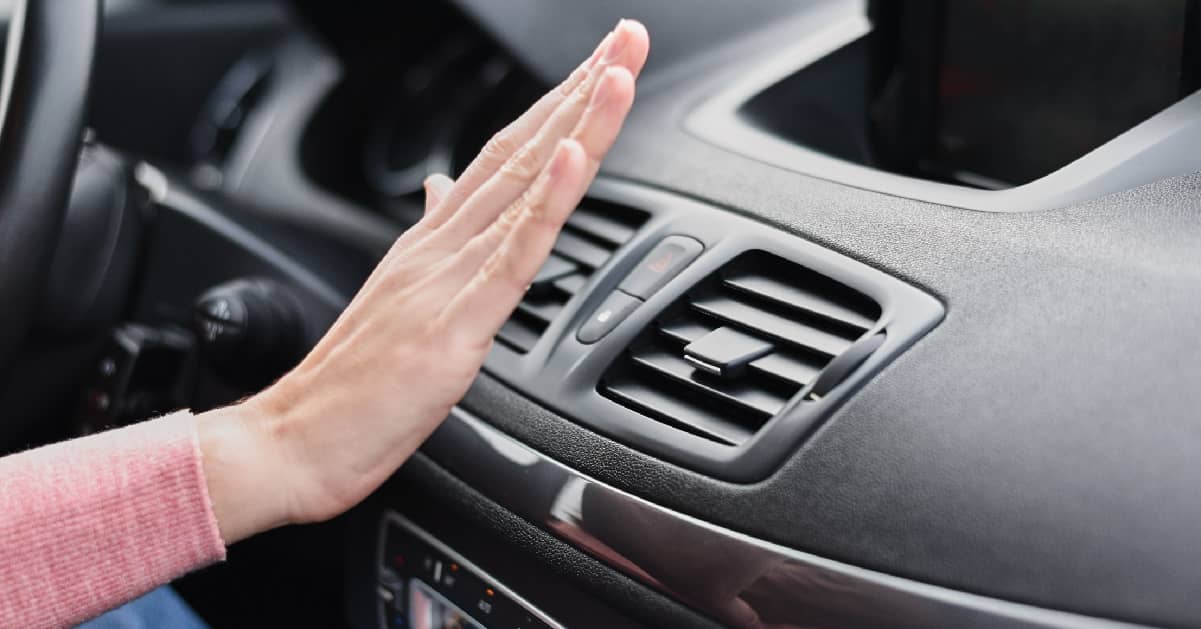
Credit: www.carcility.com
Temporary Fixes
If your car air conditioner is not cooling, it can be very frustrating. While waiting for repairs, there are some temporary fixes. These can help make your rides more comfortable.
Using Sunshades
Sunshades are a great way to keep your car cooler. Place them on your front and back windshields. They block sunlight and reduce heat inside the car. Sunshades are easy to use and inexpensive. You can find them in most auto stores.
For the best results, use sunshades whenever you park. They will help maintain a lower temperature. This makes the car more comfortable when you return.
Parking In The Shade
Parking in the shade can also help keep your car cooler. Look for trees or buildings that provide shade. A shaded parking spot can reduce the temperature inside your car.
If you cannot find a shaded spot, try to create one. Use a portable car cover if you have one. This will block direct sunlight and keep your car cooler.
| Temporary Fix | Benefit |
|---|---|
| Using Sunshades | Blocks sunlight, reduces heat |
| Parking in the Shade | Lowers car’s interior temperature |
Long-term Solutions
When your car’s air conditioner is not cooling, quick fixes may not be enough. Long-term solutions can ensure your AC works efficiently for years. Let’s explore two effective strategies: upgrading your AC system and improving car insulation.
Upgrading Your Ac System
Consider upgrading your car’s AC system. Newer models are more efficient. They use less power and cool better. Here are some benefits:
- Better cooling performance
- Energy efficiency
- Reduced wear and tear
Upgrading ensures your AC works well in all weather. Consult a professional to find the best system for your car.
Improving Car Insulation
Improving your car’s insulation helps keep it cool. Good insulation reduces heat entry. Here are some ways to improve it:
- Install window tinting
- Use sunshades
- Add insulated panels
Better insulation means your AC doesn’t work as hard. This extends its life and improves cooling.
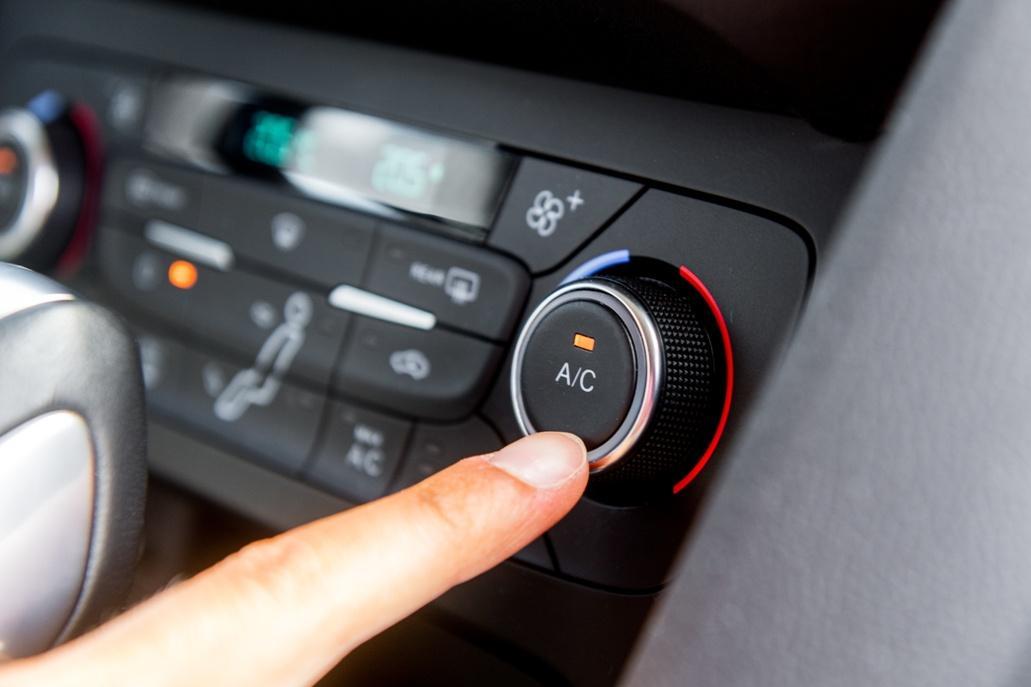
Credit: www.cannonautorepair.com
Cost Considerations
When your car’s air conditioner stops cooling, the first concern is often the cost. Understanding the expenses involved helps you make informed decisions. Below, we break down the key cost considerations.
Estimating Repair Costs
Knowing the potential repair costs is crucial. Here are some factors that can influence the expense:
- Type of Problem: Simple issues like a refrigerant leak cost less. Complex problems like a compressor replacement can be expensive.
- Labor Charges: Labor costs vary by location and service center. Check local rates to get an idea.
- Parts Needed: The cost of parts like hoses, filters, and compressors can add up.
- Diagnostic Fees: Some shops charge a fee to diagnose the problem. This fee is sometimes waived if you proceed with the repair.
Here’s a table for a quick overview:
| Repair Type | Estimated Cost |
|---|---|
| Refrigerant Leak | $150 – $300 |
| Compressor Replacement | $500 – $1,200 |
| Hose Replacement | $200 – $500 |
| Diagnostic Fee | $50 – $100 |
Budget-friendly Options
If you’re on a budget, there are cost-effective solutions. Here are some tips:
- DIY Repairs: Some minor fixes, like replacing a cabin air filter, can be done at home. This saves on labor costs.
- Used Parts: Consider buying used or refurbished parts. Ensure they come from reputable sources.
- Regular Maintenance: Keeping your AC system maintained prevents costly repairs. Regularly check and replace filters and refrigerant levels.
- Shop Around: Get quotes from multiple service centers. Compare prices and reviews to find the best deal.
These tips help you manage costs and keep your car cool.
Frequently Asked Questions
Why Is My Ac Running But Not Cooling In My Car?
Your car’s AC may not cool due to low refrigerant levels, a clogged condenser, or a faulty compressor. Check for leaks and ensure proper airflow.
How To Make Car Ac Cold Again?
To make your car AC cold again, check refrigerant levels, clean the condenser, replace the cabin air filter, and inspect the compressor. Regular maintenance ensures optimal performance.
Why Is My Ac Blowing But Not Cooling?
Your AC might be blowing but not cooling due to low refrigerant levels, a dirty filter, or a faulty compressor. Regular maintenance can prevent these issues.
Conclusion
Maintaining your car’s air conditioner is essential for a comfortable drive. Regular checks can prevent cooling issues. Addressing minor problems early can save you money. Don’t ignore unusual noises or weak airflow. A well-functioning air conditioner ensures a pleasant and stress-free journey.
Stay cool and drive safely!

